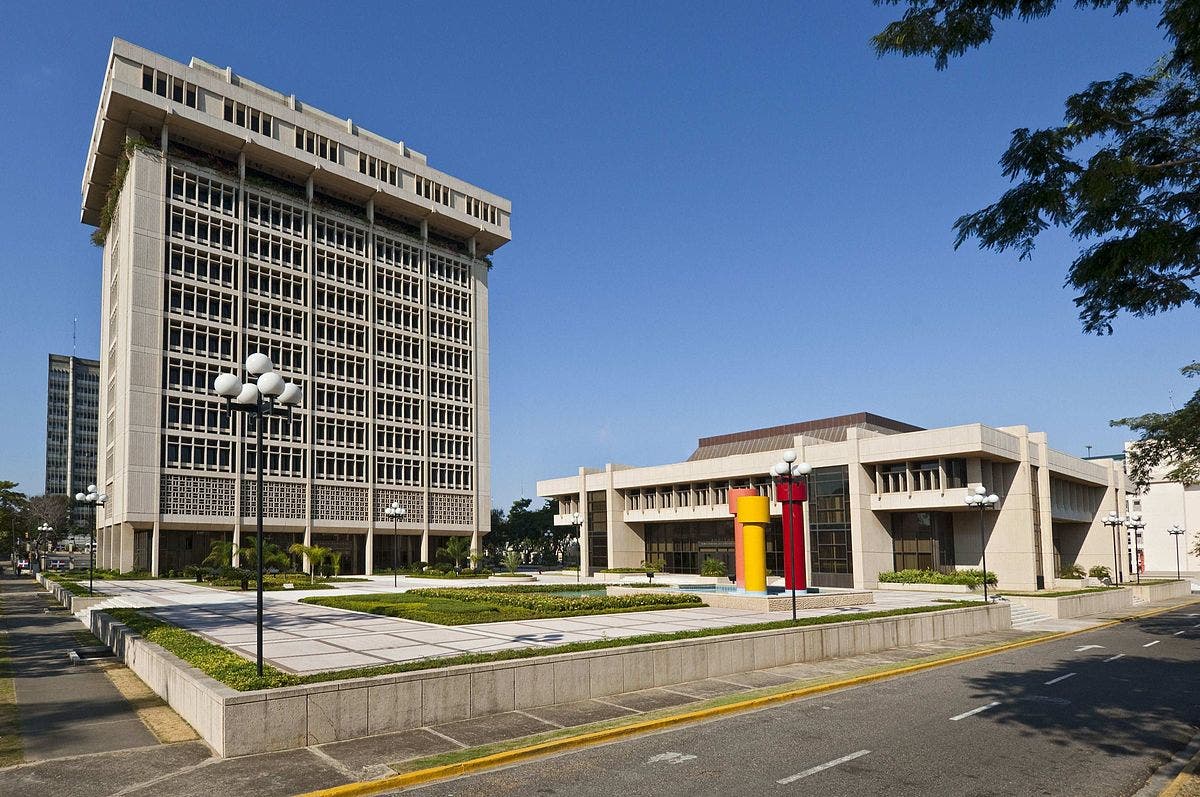The Central Bank of the Dominican RepublicBCRD, explained in detail the inflationary dynamics in the international context, using the conventional methodology most used by international organizations, academics and financial analysts to monitor this variable in countries that have adopted a Inflation Target Scheme (inflation targeting), as is the case in the Dominican Republic and most Latin American economies.
Below are the details presented by the economic body regarding inflation:
A decade ago, the BCRD adopted an Inflation Targeting Scheme (EMI), after a period of technical support from the International Monetary Fund (IMF) and advice from experts from the main central banks of the region, in the that compliance with the goal was established based on the result of the interannual variation of the consumer price index (CPI), that is, in a twelve-month period. It should be noted that the use of year-on-year or annualized inflation is based on the best practices of the most advanced countries with explicit inflation targets.
One of the most outstanding benefits of this type of monetary policy scheme is that it allows the expectations of economic agents and investors to be anchored around the Central Bank’s inflation target, to create certainty and contribute to maintaining a favorable business climate and the macroeconomic stability.
In this sense, make an analysis of the behavior of inflation using periods longer than twelve months, to deliberately, for particular reasons and interests, present the country at the time as one of the highest in inflation in the region, such as the one carried out recently by some fellow economists and political leaders, is unfortunate and could contribute to altering the expectations of economic agents about the future evolution of prices and affect their spending and investment decisions.
You may be interested in: Central Bank: DR inflation is below 10 countries in the region
“When making a comparison of year-on-year inflation from July 2021 to July 2022 in Latin America, which is the appropriate period to monitor inflation in the countries, it is observed that the annualized inflation of the Dominican Republic is below the median , which means that more than half of the countries in the region (10 of the list of 18) currently register an annualized variation of the CPI higher than that of the Dominican Republic. Such are the cases of Venezuela, with an inflation of 137.1%, Argentina (71.0%), Chile (13.1%), Costa Rica (11.5%), Nicaragua (11.5%), Paraguay (11.1%), Honduras (10.9%) , Colombia (10.2%), Brazil (10.1%) and Uruguay (9.6%)”, details a note sent to the press.
An objective evaluation makes it clear that the global inflationary situation of the last two years is a direct consequence of the impact of the COVID-19 pandemic, which brought with it significant disruptions in the production and supply chains, a notable rise in the prices of the raw materials or commoditiesincluding oil, as well as significant increases in the cost of sea freight and containers, which have been more persistent due to the military conflict between Russia and Ukraine, two of the largest producers of raw materials in the world, and exacerbated the adverse shock of global aggregate supply.
It should be noted that of the seven countries with lower inflation than the domestic one, three are dollarized (Panama, Ecuador and El Salvador), so they would not be comparable since they do not follow an independent monetary policy scheme. Similarly, in terms of accumulated inflation in January-July 2022, the country is in the same position with respect to Latin American peers.
Note: Inflation bars for Venezuela and Argentina are scaled for better illustration purposes.
Likewise, a revealing fact that some political analysts have tried to ignore in their eagerness to undermine the efforts made to stabilize the behavior of domestic prices is that after Uruguay and Guatemala, the Dominican Republic is the country with the smallest deviation with respect to center of its inflation target range within all those that follow this monetary policy scheme in the region.
In this sense, with the aforementioned inflation data as of July 2022, Chile exhibits inflation 4.4 times higher than its goal, Peru 4.4 times higher than its goal, Costa Rica 3.8 times higher than its goal, Colombia 3.4 times higher than Brazil 2.9 times higher than its goal, Paraguay 2.8 times higher than its goal, Mexico 2.7 times higher than its goal, Honduras 2.7 times higher than its goal, Dominican Republic 2.4 times higher than its goal, Guatemala 2.1 times higher than its goal goal and Uruguay 1.9 times higher than its goal.
Similarly, to illustrate the current global inflationary phenomenon, the cases of advanced economies such as the United States of America, the Dominican Republic’s main trading partner, are highlighted, with year-on-year inflation as of July 2022 stood at 8.5%, more than 4.3 times higher than the Federal Reserve’s long-term average target of 2%. In addition, it is worth mentioning the increases in the interannual inflation levels of Canada 7.6% (3.8 times higher than its target), the Euro Zone 8.9% (4.4 times higher than its target) and the United Kingdom 10.1% (5 times higher than your goal).
As can be seen, when analyzing the behavior of the consumer price index in the last twelve months, it stands out that the Dominican Republic is not among the economies with the highest levels of inflation in Latin America. In fact, it is among the three countries with the least deviation from the center of its target range of the group in the region that have adopted inflation targeting schemes.
Domestic inflation is expected to maintain a downward trajectory in the coming months, since the monetary normalization measures, together with the subsidy initiatives launched by the President of the Republic Luis Abinader to mitigate the growth rate of domestic prices have begun to reflect the expected results. Indeed, inflation has begun to ease after reaching a peak in April this year.
Another element that will undoubtedly facilitate the convergence of inflation to the target range of 4% ±1% in 2023 is the favorable evolution of foreign exchange-generating activities, which has translated into an appreciation of the peso of 7.9 % accumulated so far this year. In year-on-year terms, the Dominican Republic registered the greatest appreciation of its currency in Latin America, by 7.3% in the last twelve months, which has helped to partially offset the upward impact of the imported component on domestic prices.
Finally, it is worth noting that given this situation of inflationary pressures of external origin, in the publication of last July related to the report of the Consultation of Article IV (staff report) for the country, the IMF highlighted that the orderly sequence of response policies to the rise in inflation has been adequate, highlighting as essential that the expectations of economic agents remain anchored to contribute to the convergence of year-on-year inflation towards the target in the forecast horizon. Therefore, it would be advisable to be cautious when commenting on a neuralgic variable for the effectiveness of monetary policy in an inflation targeting scheme and the development of the economy in general, so as not to affect the climate of certainty and stability.
It is important to note that the Dominican economy is in a good position to face a complex global context, taking into account the strength of the macroeconomic fundamentals and the robust GDP growth trend. In this sense, the Central Bank continues to rigorously monitor the evolution of external and internal factors that are affecting the trajectory of inflation, implementing measures in a timely and prudent manner in the face of factors that could put price stability at risk.















